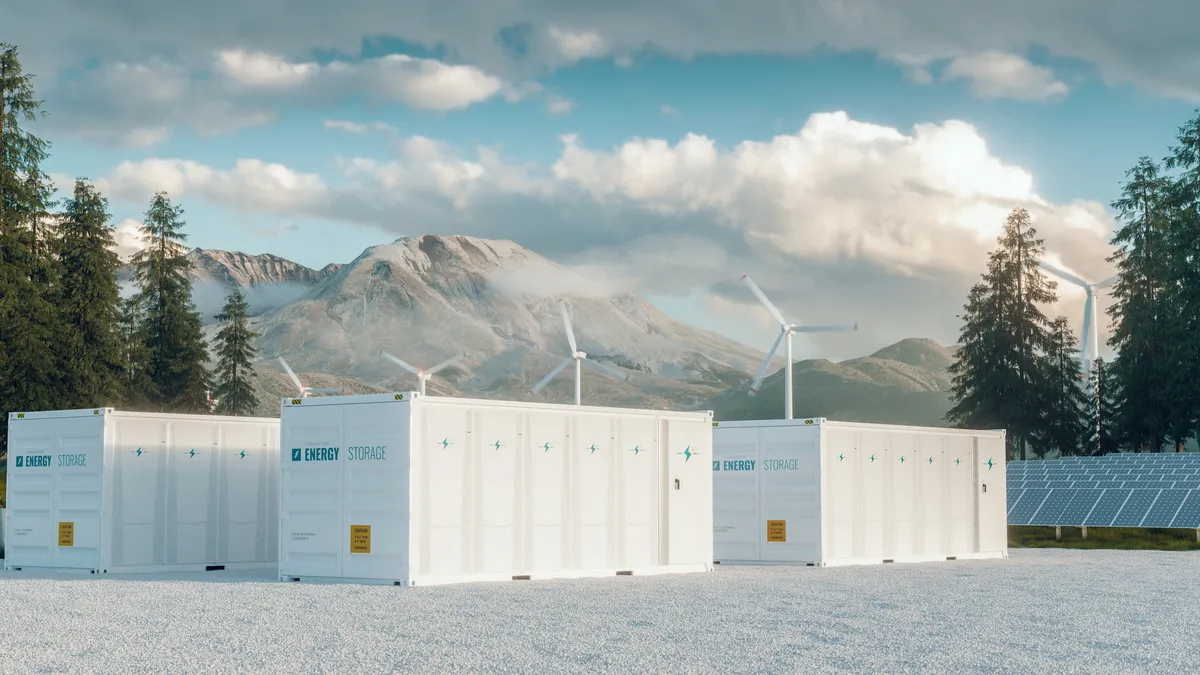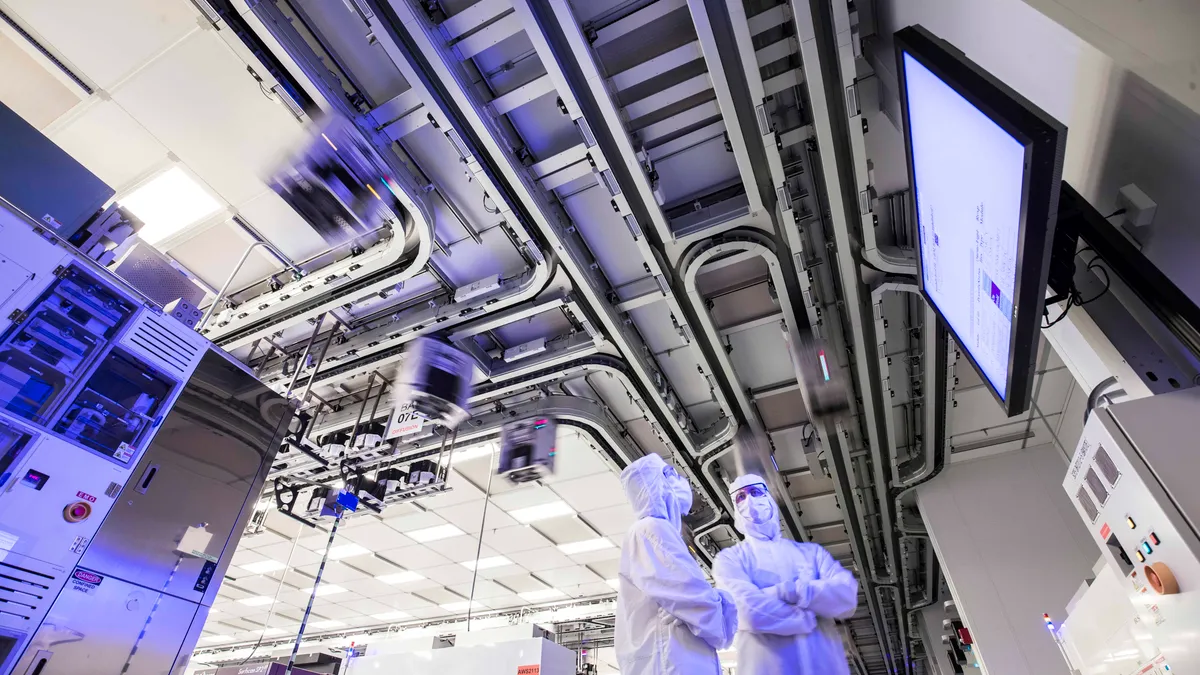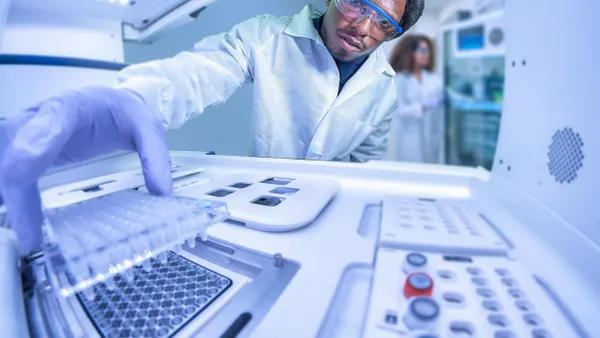Dive Brief:
- The biggest barrier to ramping up a domestic energy storage manufacturing sector in the U.S. is the cost and availability of raw materials, according to a report released Nov. 16 by the Solar Energy Industries Association.
- Raw materials like phosphorus and lithium are likely to be adequately available in the U.S. as well as its trading partners, the report noted. However, “the availability of graphite and other processed materials, like cathode and anode active materials, could create a shortfall,” SEIA said in a statement.
- SEIA’s new report takes a closer look at the barriers facing the development of a robust, domestic energy storage manufacturing sector. While the passage of the Inflation Reduction Act has given this effort a boost, domestic production of lithium-ion battery components could drop below demand by 2025, the report notes.
Dive Insight:
Earlier this month, the Biden administration announced $3.5 billion in funding for domestic battery and related materials manufacturing, in an effort to reduce U.S. dependence on imported critical materials. The money will be used to establish, retrofit and expand U.S. facilities to process battery materials, as well as cell and pack manufacturing.
Global demand for batteries is expected to increase from around 670 GWh in 2022 to more than 4,000 GWh by 2030, according to the report. Of this, the global demand for battery energy storage systems in particular is expected to touch around 840 GWh by 2030, compared to 60 GWh in 2022. In the U.S. specifically, battery energy storage system demand could increase six-fold, to 119 GWh, during that period.
Currently, domestic manufacturing capacity for lithium-ion batteries is around 60 GWh annually, the report noted. Given announcements regarding new factories, and factoring in manufacturing capacity in countries that the U.S. has a free-trade agreement with, total manufacturing capacity could reach 1,400 GWh annually by 2030. However, since not all of these announcements may come through, the report forecasts a risk-adjusted 1,000 GWh manufacturing capacity in the U.S. and these countries by 2030.
The cost and availability of raw materials for lithium-ion batteries also continues to be a point of concern for the sector. These include lithium, phosphorus and graphite, which are processed to form cathode and anode active materials, then used to build the battery cells. While there should be adequate sources of lithium and phosphorus in the U.S. and countries it has a free-trade agreement with by 2030 to support domestic battery needs, a large chunk of these materials will come from outside the U.S., the report noted — meaning domestic manufacturers will need to compete with foreign ones, including the Chinese market, to access these materials.
Another issue will be the availability of graphite, which has largely been mined in China in recent years. The U.S does not have any natural graphite production sites, and while some can be imported from Canada or Australia, this will likely not meet 2030 domestic demand, the report noted.
“As a result, the U.S. will likely need to explore sources for synthetic carbon products, foreign sources for natural graphite, and importing anodes,” it stated.
While the necessary raw materials for battery manufacturing are not all available in the U.S., companies seem to be entering into overseas agreements to develop reliable supply chains and procure those raw materials, Jennifer Schultz, partner at Sullivan & Worcester, said in an email.
“The proof of the pudding is that investors are creating companies to manufacture batteries for a variety of uses, particularly in Georgia. The auto manufacturers also are entering into partnerships with these companies and others to produce the batteries needed for electric vehicles. There are a variety of incentives available that make these investments beneficial,” Schultz added.
Moreover, the multitude of both investment and production tax credits provided by the Inflation Reduction Act has and will continue to serve to incentivize the growth of renewable energy-based manufacturing, and in particular the battery production sector, Schultz added.













